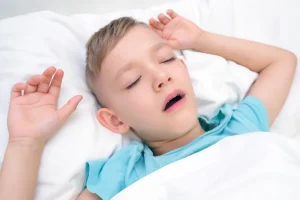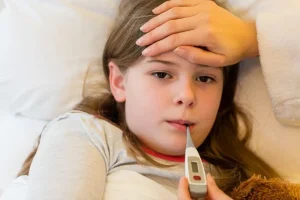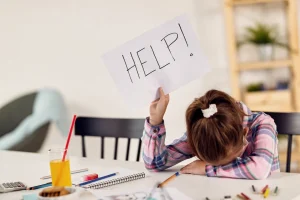Autism spectrum disorder impacts how a person perceives and interacts with others, which can cause problems with social interaction and communication. Additionally, the disease displays constrained and repetitive behavioral patterns. The word “spectrum” describes the wide range of signs and degrees of severity connected with an autism spectrum disorder.
Autism spectrum disorder encompasses formerly distinct disorders such as autism, Asperger’s syndrome, childhood disintegrative disorder, and an unidentified form of pervasive developmental disability. Some people still refer to autism spectrum disorder as “Asperger’s syndrome,” which is widely regarded to be at the mild end of the spectrum.
Early signs of the autism spectrum disease lead to later challenges with social, intellectual, and occupational functioning. Children with autism usually show signs within the first year of life. A very small percentage of kids seem to develop normally in the first year, but then they regress between the ages of 18 and 24 months when they start to show symptoms of autism.
What Symptoms Indicate Autism?
Autism symptoms typically appear before a child turns three. Some people exhibit symptoms from birth.
- Absence of eye contact
- A small range of interests or a strong interest in a few issues
- Repeating something, such as repeating words or phrases, swaying back and forth, or flicking a lever
- High sensitivity to noises, sensations, scents, or sights that appear normal to others
- avoiding looking at or listening to others
- Not looking at things when they are pointed out to you
- refusing to be held or cuddled
- Speech, gestures, facial expressions, or tone of voice comprehension or use issues
- Speaking with a sing-song, flat, or robotic tone of voice
- Having difficulty adapting to changes in routine
What Are the Different Kinds of Autism Spectrum Disorders?
These were originally regarded to be distinct conditions. They now fall into the category of autism spectrum disorders, which includes:
- An example of autism is Asperger’s syndrome. These kids don’t have linguistic difficulties; in fact, IQ testing indicates that they are in the average to the above-average range. However, they do struggle with social concerns and have a narrow range of interests.
- A neurological condition, autism is. Most people automatically conjure up this image when they hear the word “autism.” It speaks about issues with play, communication, and social interaction in young children under the age of three.
- Disintegrative condition in childhood. These children develop normally for at least two years before losing part or all of their communicative and social skills.
- A widespread developmental disorder (PDD or atypical autism). If your child exhibits some autistic symptoms, such as impairments in social and communication skills, but does not fall into another category, your doctor may use this phrase.
How Is Autism Treated?
The cause of Autism is unknown. Early intervention, however, can significantly impact a child with autism in terms of their development. Call your doctor as soon as you can if you think your child may have ASD.
What functions for one individual may not function for another. Your doctor should tailor the treatment for you or your child. The two main categories of therapies are:
- Structure and organization can be improved using behavioral and communication treatment. One of these treatments is applied behavior analysis (ABA), which encourages positive conduct while discouraging negative behavior. Occupational therapy can assist with everyday skills such as dressing, eating, and interacting with others. Sensory integration treatment may benefit someone who is sensitive to touch, sights, or noises.
- Medications to treat ASD symptoms such as attention deficits, hyperactivity, and anxiety.
Now you understand everything about Autism and its different types. Even though there is no known cure for Autism spectrum disorder, early intervention has the power to significantly improve the lives of many kids.







